Industry and agriculture are responsible for a large amount of pollution problems. However 30% of carbon emissions are produced from our homes. There is a lot we can do as families and households to make our homes and lifestyles greener.
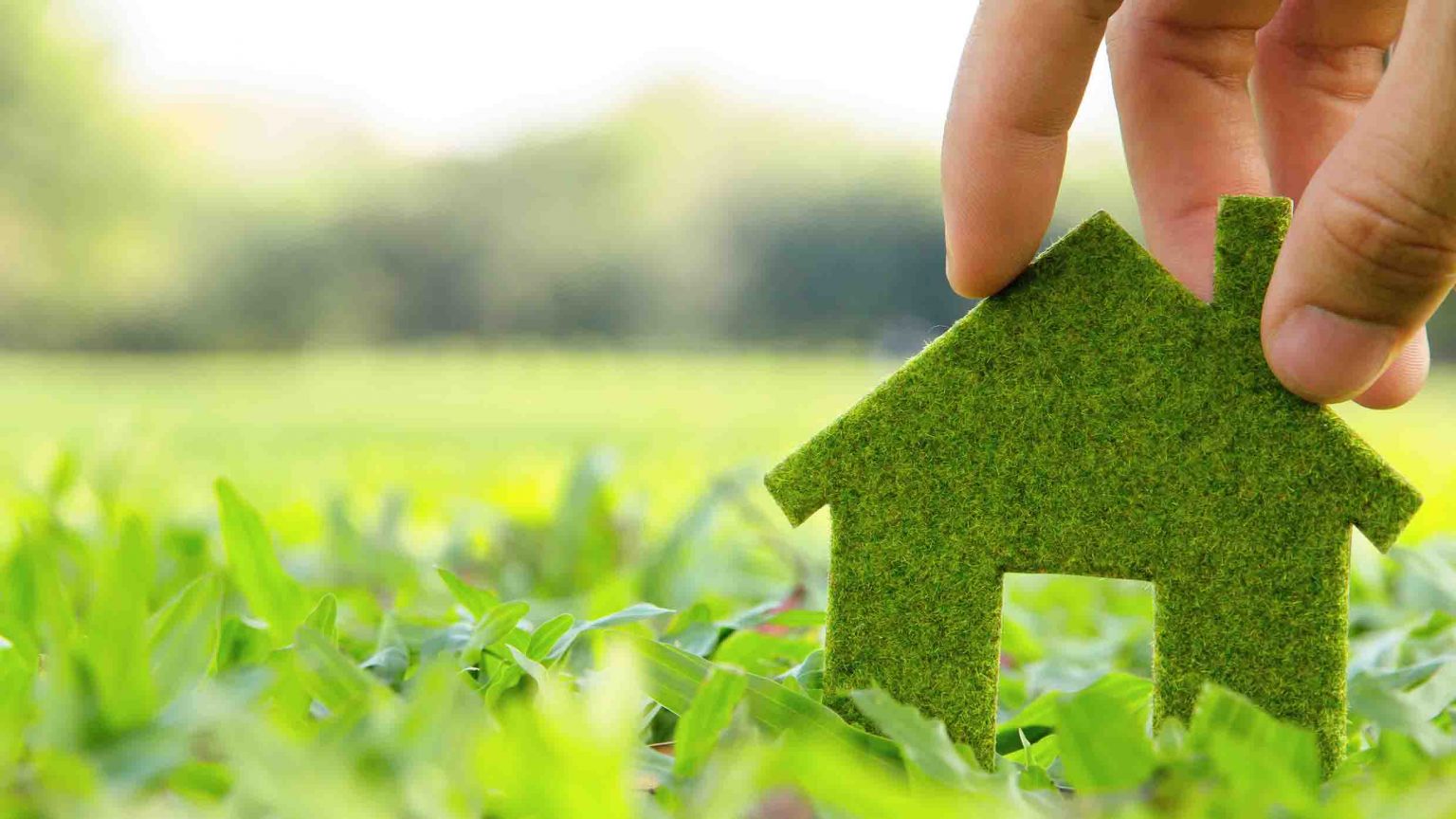
At our sister company Completely Green, we specialise in reducing the environmental impact of your home. For more information regarding any of the improvements to make your home greener below please view a summary of all our home improvements here.
Solar PV is now the most well established of all the green technologies. The cost of equipment is now highly affordable due to the economies of scale of mass production. Every home can benefit from a solar PV system, as every home uses electricity.
Your own solar PV system can produce clean energy at zero cost and will do so for many decades. When linked with a battery storage system the power you generate in the day can then be stored and used to power you home at night.

In my home, we have a 3kW system and 6.5kWh of battery storage and we are able to power our home, independent of grid input from march to October (most days), including cooking, and we are a busy family household. Although there is an investment cost to a PV and storage system (approx. £11k to suit a high consumption family home) it will have repaid itself within a decade, and it will last for many decades afterwards.
With spiralling energy costs predicted, a solar PV system can save you a fortune in the long term. The sooner you invest in a system the sooner you will start saving from it.
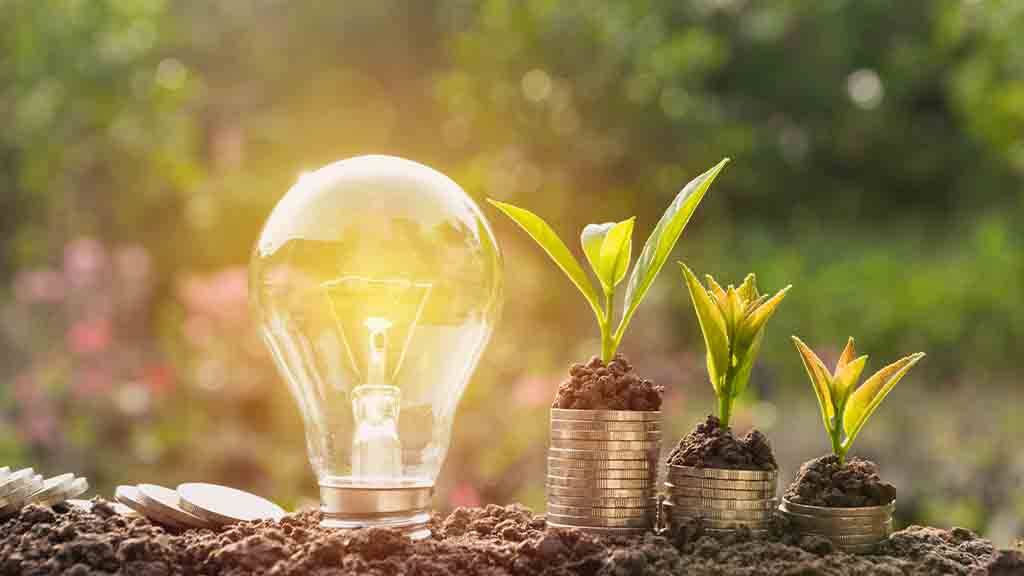
Once I started monitoring our household electricity consumption I was surprised to find out how high our night time base consumption was – this was due to lighting. We consequently changed every last bulb to low energy and cut our evening base load by over ¾.
One 60w light bulb is the equivalent of 6 lights now. This is a really easy change to make and one everyone can afford, and the cost of the new bulbs will have paid for themselves in less than a year. Like insulation, this should be one of everyone’s first steps.
Around 2/3rd of our home energy consumption goes towards heating the house in winter, with heating being the single largest source of domestic carbon emissions. The amount of heat required to keep your home warm can be massively reduced by greater home insulation.
In some homes, such as stone-built cottages, this can be harder to do. It is however a crucially important first step in the green process to insulate your home as much as possible. Loft insulation is very cheap and easy to install, so install as much as possible. 1ft or more if you can.
Double glazing and draft resistant doors and window frames. If your house is of cavity wall construction, please get the cavities filled – this can reduce your heat losses by 300%. Insulation is not just about cutting costs and energy usage, but also about comfort, so it should be the very first step in trying to make your house a greener home.
An air source heat pump is now the go-to heating system for the modern home. They offer much lower running costs than the traditional gas and oil heating systems. And as they are run on electricity, they have the potential to be completely renewable, if powered using green electricity.
They are super reliable as no combustion is involved and they also have a fit and forget functionality. If your home is well insulated they are the go-to heating solution and have relatively low installation costs, which are currently heavily government subsidised by the RHI (Renewable Heat Incentive.)
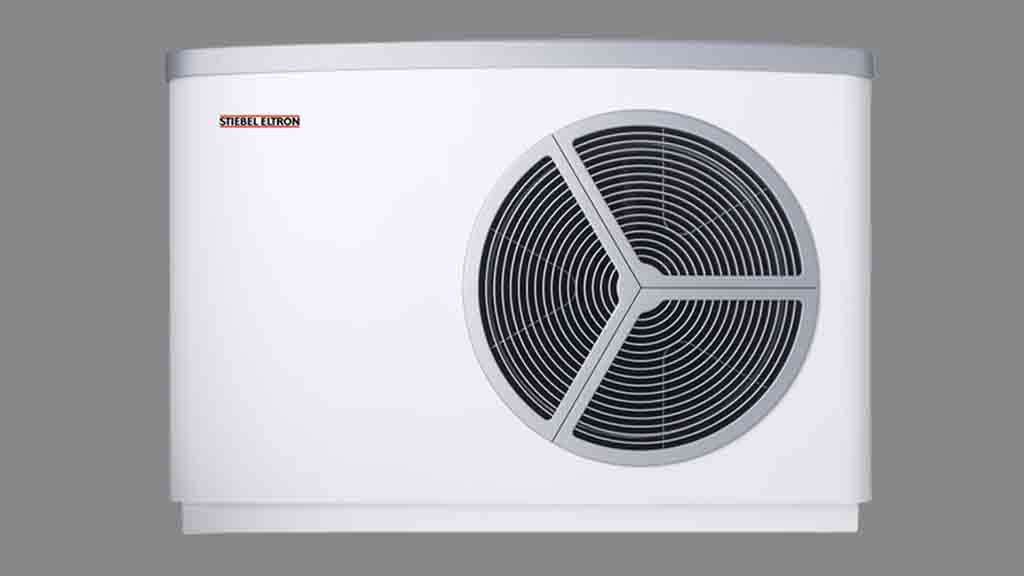
A ground source heat pump is very much like an air source heat pump system. However, they are even more efficient due to using the stable ground temperature as their heat source. Although the installation costs are relatively high the running cost is exceptionally low, and the generous government incentives mean that you will most likely profit from your system within its first 7 years of operation.
They require a well-insulated home, and a reasonable amount of ground space, although with the latest Helicoils system, not as much as you think. If you can afford the up-front costs (or are prepared to finance it) a ground source heat pump is not only the most efficient and green heating system available it is also the most potentially lucrative, thanks to the RHI.
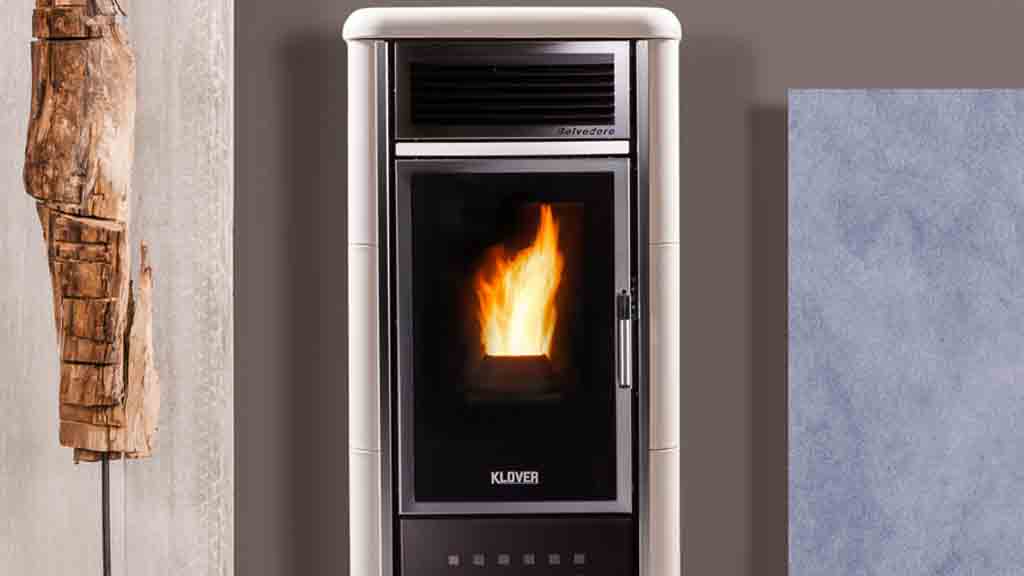
Biomass wood pellets are classed as a carbon neutral fuel, as the trees from which the pellets are made remove as much CO2 from the environment as they release when burnt. It is still critical to source sustainably farmed wood pellets, from a locally produced source, but a Biomass Wood Pellet boiler is classed as a green renewable heating system.
If you live in a home that is harder to efficiently insulate and is currently running on an oil boiler then a wood pellet boiler is a very cost effective greener heating system. Supported by the Renewable heat incentive scheme, although there is some up front costs (that can be financed) to installation, a biomass boiler system will repay its investment very quickly.
Log fires can offer great supporting heat to your home, as well as being a thing of beauty and romance. As they burn biomass in the form of logs they are also using a carbon-neutral green fuel (of course assuming sustainably sourced logs.)
Older log fires and log burners burn at such a low-efficiency level (25-50%) that they do create a lot of particulate pollution. Replacing your old log burner with a modern high efficiency (80-90%) log fire means that you will have a much cleaner burn with greatly reduced particulate and gaseous emissions, plus you will be using half as many logs.
Water is a very cheap utility here in the UK, however it still has a carbon and energy cost to produce, and at times, a scarcity of supply. It is possible to use harvested rainwater to flush your toilets and do your washing, water your garden and clean your cars. It is even potentially possible for it to be filtered for potable use (if you are off the mains water grid.).
Whilst a fully home integrated rainwater harvesting system is relatively expensive and often only practical when done during the build of a house, a simple rainwater harvesting system using water butts for garden use and car cleaning is really cheap and simple to do (also leaves no drip marks when washing your cars.).
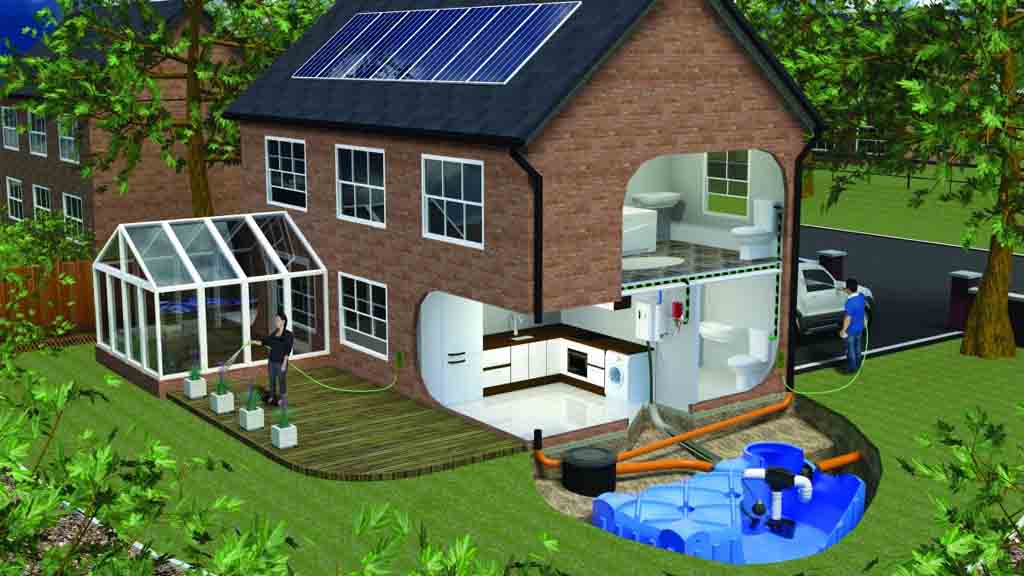
Heating your home in winter accounts for 2/3rds of your home energy consumption, and it is possible to reduce this by 10-30% just by adding some simple controls to your heating system.
Just the addition of a programmable room stat can make a huge difference. This enables you to maintain a more stable and time suitable temperature. Also fitting thermostatic TRV’s on all your radiators makes a system a lot more controllable.
Simply turning off or down the radiators in infrequently used rooms can make a big difference too.
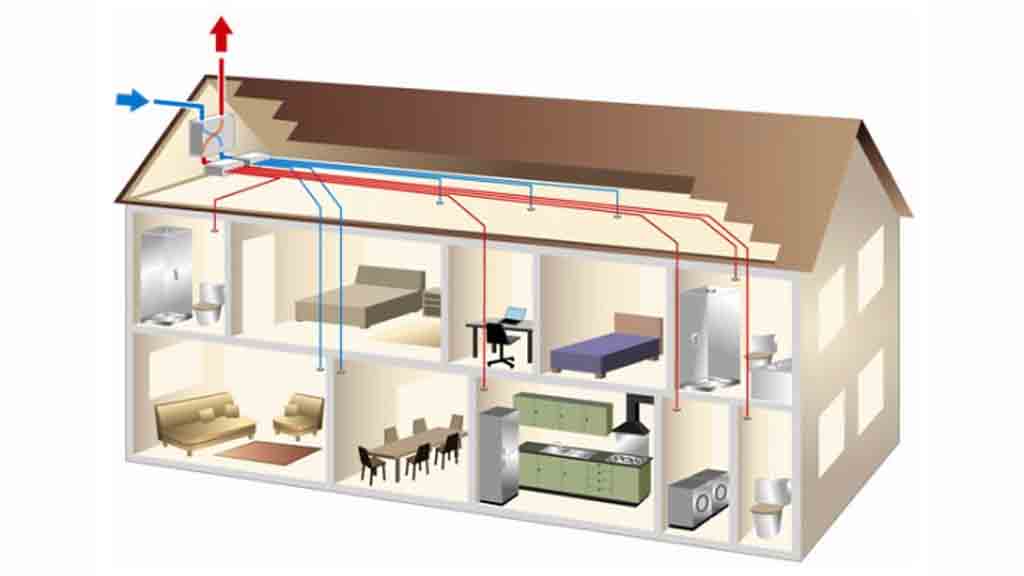
A mechanical ventilation and heat recovery system (MVHR) can reduce your heating requirement by 30-40%.
MVHR is best suited to a modern highly insulated and airtight home. MVHR systems pre-heat incoming fresh air using heat within the house before it escapes through the fabric of the building. Less heat is wasted, less heat is required, and heating costs are reduced. Whilst all the time keeping the house comfortably warm, condensation free and filled with fresh, clean air.
I hope the above suggestions help and provide inspiration. To some level at least we have managed to incorporate most of these things into our home and lifestyle. Most of which are now second nature and require little or no effort. Our household running costs have been greatly reduced as a positive by-product.
I don’t expect that every household will do everything recommended. It is my hope that everyone can do that little bit more to be greener. Let’s all do all we can to make our home and lifestyle’s as green as possible. Thank you for reading.

Completely Green Limited is authorised and regulated by the Financial Conduct Authority. Firm Reference number – 790525. We are a broker and not a lender. If you are not happy with the service you have received, you have the right to refer your complaint to the Financial Ombudsman Service.
Please note: Whilst every effort has been made to ensure the accuracy of the used vehicle information and images on this website, some errors may occur. It is important that you do not rely solely on this information, prices or images, and check with us any items that may affect your decision to purchase a vehicle. For an example monthly price, please use the finance calculator on each listing to retrieve a quotation. Representative Hire Purchase Example: Total Deposit: £2000 and Agreement Duration: 48 Months. Representative Personal Contract Purchase Example: Total Deposit: £2000 and Agreement Duration: 48 Months and 8000 miles pa. Representative Personal Contract Hire Example: Total Deposit: 12 months initial rental and 5000 miles pa, and Agreement Duration: 48 Months and Admin Fee: £299. Risk based variable lending rates apply with rates starting from 6.9% APR.